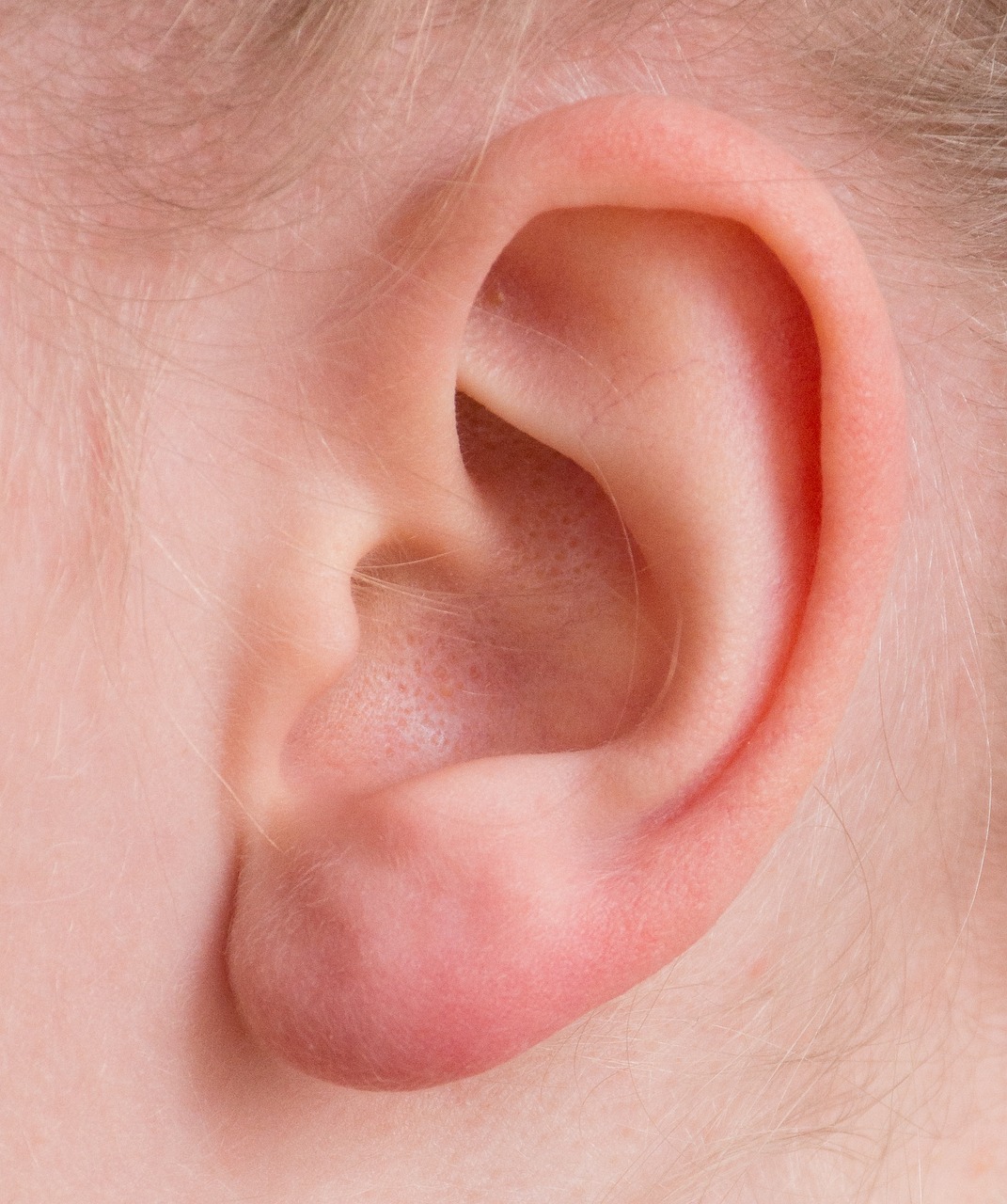- The human ear is divided into three parts: the outer ear, the middle ear, and the inner ear.
- The visible part of the outer ear, also known as the pinna or auricle, serves to capture sound waves and funnel them into the ear canal.
- No two ears are exactly alike, not even your own two ears! They are as unique as fingerprints.
- The smallest bone in the human body, the stapes, is located in the middle ear.
- Ears are not just for hearing. The inner ear is also responsible for balance. It contains semicircular canals filled with fluid that respond to the position of your head.
- The cochlea, found in the inner ear, is the organ that converts sound into nerve impulses which are sent to the brain.
- The human ear is capable of hearing a range of frequencies from 20 Hz to 20,000 Hz. However, our ability to hear high frequencies diminishes with age, a condition known as presbycusis.
- Earwax, or cerumen, is produced by glands in the ear canal and helps to protect the ear from dust, foreign particles, and microorganisms. It also provides lubrication for the ear canal.
- Some people produce wet earwax, while others produce dry earwax. This trait is largely genetic and varies among different ethnic groups.
- The middle ear is connected to the back of your nose and upper part of your throat by a channel known as the Eustachian tube. This tube helps equalize the pressure between the outside air and the air inside your middle ear.
- “Popping” your ears, such as during an airplane ascent or descent, is the act of opening the Eustachian tubes to equalize pressure.
- Ears have around 22,000 hair cells, each of which is connected to a neuron. When these hair cells move in response to sound, they trigger a nerve impulse to the brain.
- Ears never stop hearing, even when you sleep. The brain, however, chooses to ignore most sounds.
- Musicians have a higher risk of developing hearing loss. Constant exposure to loud music can cause damage to the ear’s hair cells, leading to a condition called noise-induced hearing loss.
- Humans have a natural reflex known as the Acoustic Reflex. This causes muscles in the middle ear to contract in response to loud, potentially damaging sounds, thereby protecting the inner ear from injury.
- There are three semicircular canals in the inner ear, oriented at right angles to each other. These canals are filled with fluid and help detect rotational movement in three dimensions.
- Earlobes can be either “attached” (connected directly to the side of the head) or “free” (hanging down beyond the point of attachment). This trait is believed to be genetic.
- Loud noise exposure is one of the most common causes of tinnitus, a condition characterized by a ringing, buzzing, or hissing sound in the ears.
- Some people can voluntarily control a muscle in the ear (tensor tympani) that produces a low rumble sound in the ears when contracted.
- Certain diseases or health conditions can affect hearing. For instance, otosclerosis is a condition where an abnormal growth of bone in the middle ear causes hearing loss.
Facebook Comments

































